Back in late September, Yvi embarked on a once in a lifetime trip to West Africa with the Cacao Trace team to learn more about their sustainable practices. Cacao Trace is an initiative program set up by our chocolate supplier that supports the farmers, their community, provides education and bonuses for cacao yield and quality.
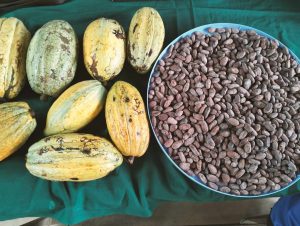
Before Cacao Trace, farmers would sell their beans dried, and depending on the grade this would determine their value. Farmer’s would dry them on concrete, roofs, corrugated iron and any flat surface they could find. This caused quality control issues and varied consistencies. Since Cacao Trace implemented infrastructure and training to enable farmers to produce a higher quality product the farmers now receive a higher price per kilo. One implementation was installing drying beds throughout all farms they buy from to help with yields and quality control.
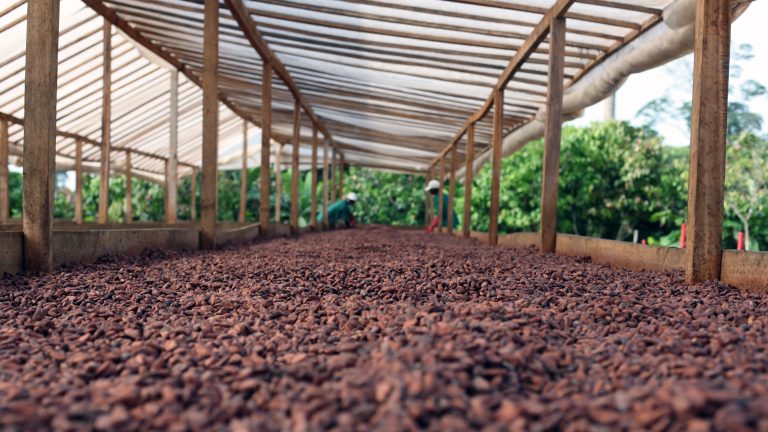
Cacao Trace introduced a community bonus, meaning that the whole village reaps the rewards of good farming. In 2022 Cacao Trace contributed $1.5m Euro back into the community through building schools, a maternity hospital and installing more drinking water towers.
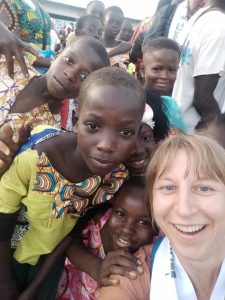
On Yvi’s research trip she was put to work! Her days would start at 6am and would not sit down for dinner until 8:30pm. She learnt how to grow, harvest, open and to ferment cacao pods. What an amazing learning experience!
What makes quality chocolate possible is the timely manner between harvest and fermentation. There’s only a 6 hour window between first grade cacao and second grade, which is sent to secondary suppliers for cheaper chocolate. Time is truly of the essence – not only for quality chocolate but for the community’s bonus incentive.
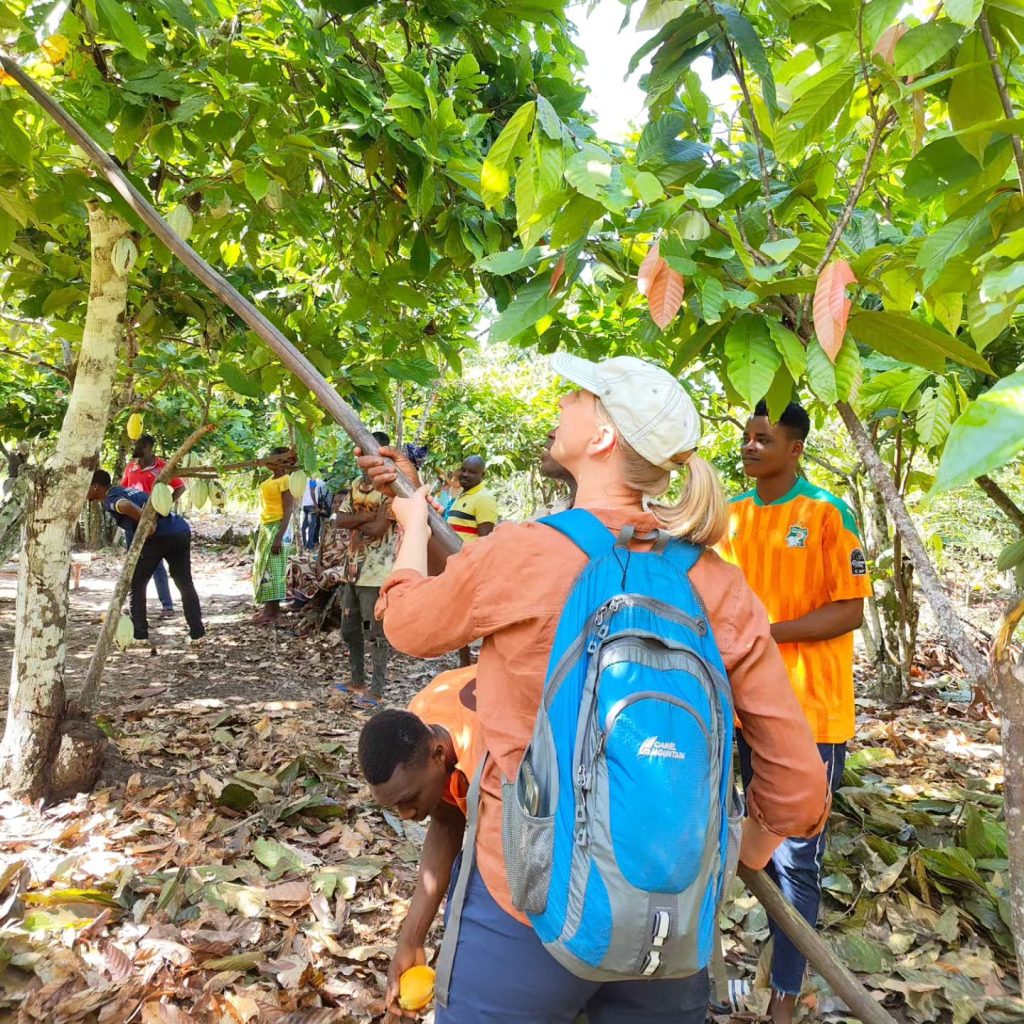
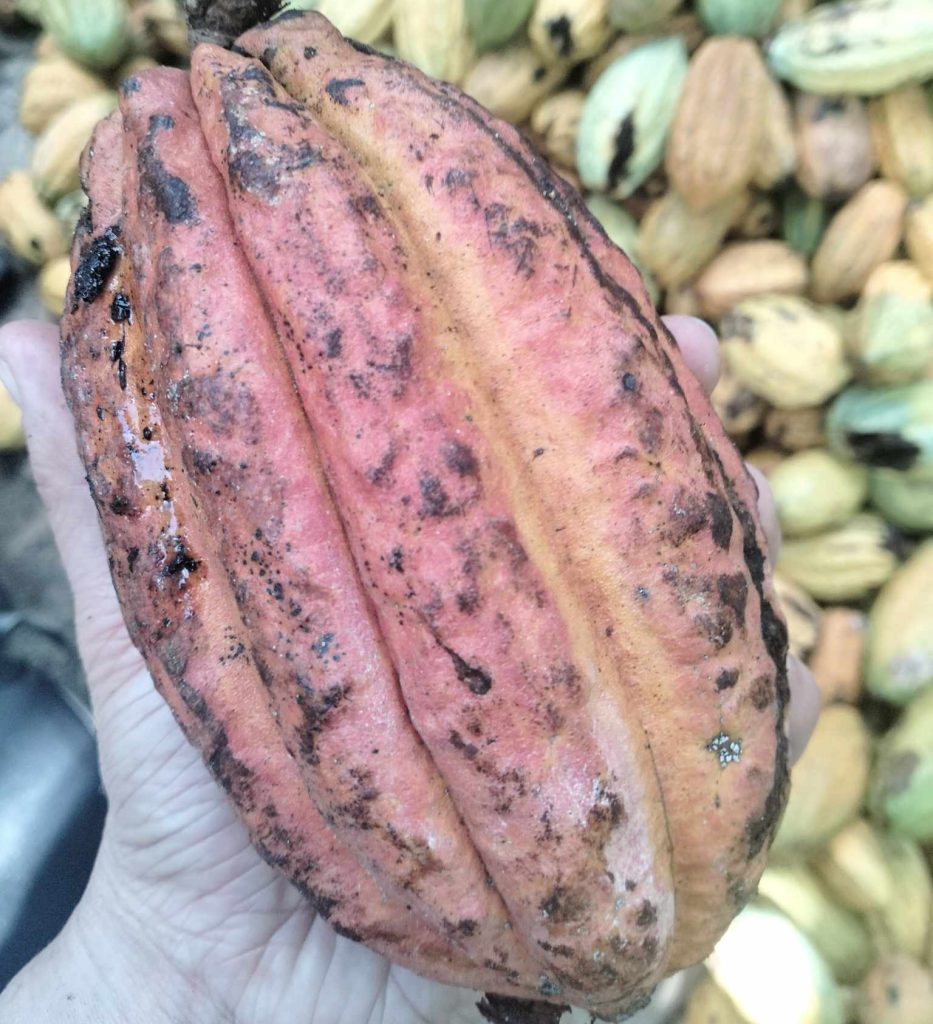
After harvesting the cacao is sent to fermentation where the beans are covered with banana leaves and hessian sacks. The banana leaves release natural enzymes and sugars creating an alcohol after two days. Don’t worry, the alcohol doesn’t stick around for long. After a couple of days the covers are removed exposing the beans to oxygen, which turns the alcohol into a form of acid. Think red wine to red wine vinegar. After this, the inside of the beans turn from a pink to a chocolate brown colouration and the fermentation is finished.
We’re proud to use a cacao supplier who is micro and macro focused on the sustainability of their product, the community it’s grown in and the farmers who grow Cacao. Other countries that Cacao Trace covers are Vietnam, The Philippines, Papua New Guinea and Mexico.
All of our milk and dark chocolates are made with cacao from the Cacao Trace program.
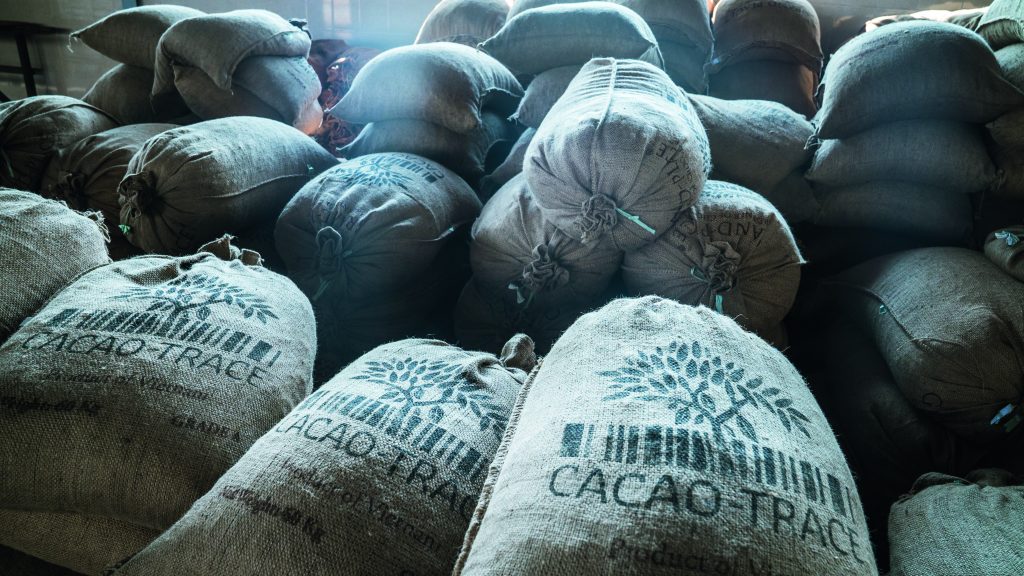
Copyright © 2020 Red Cacao Chocolatier. All rights reservered.